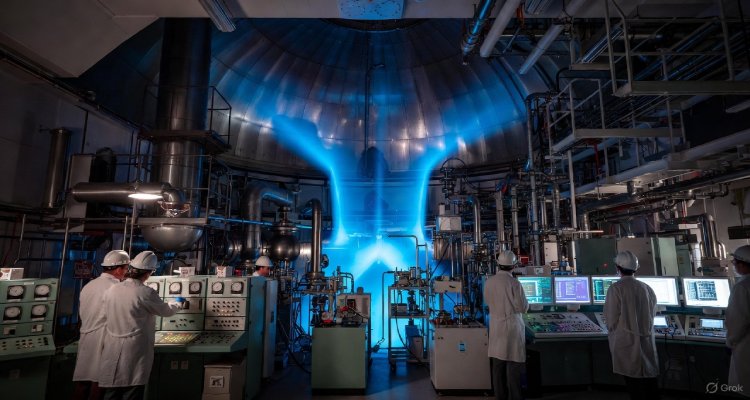Revealing the Remarkable Hemostasis Mechanism of Caterpillars: Insights for Human Medicine
Caterpillars, those seemingly innocuous larvae of butterflies and moths, possess a remarkable ability to halt bleeding within seconds of injury, a feat that has long puzzled scientists. In a groundbreaking study published in Frontiers in Soft Matter, researchers have unraveled the secrets behind this rapid hemostasis process, shedding light on potential applications in human medicine.
-
Unique Hemolymph Properties:
-
Unlike vertebrates, insects rely on hemolymph, a fluid akin to blood but with distinct properties.
-
Caterpillar hemolymph lacks red blood cells and platelets but contains amoeba-like hemocytes for immune defense.
-
Remarkably, hemolymph swiftly clots outside the body, yet the mechanism has remained elusive until now.
-
-
Caterpillar Hemostasis Mechanism:
-
Researchers focused on tobacco hornworm caterpillars and observed their rapid wound-sealing abilities.
-
Within minutes, the thin, water-like hemolymph transforms into a viscoelastic substance, retracting back to the wound site.
-
Hemocytes aggregate to form a crust over the wound, effectively stopping bleeding within 60 to 90 seconds.
-
-
Challenges in Study:
-
Studying caterpillar hemolymph posed challenges due to its rapid clotting nature and minute volume.
-
Researchers developed innovative techniques, including high-speed filming and nanorod experiments, to understand the process.
-
-
Viscoelastic Properties:
-
Caterpillar hemolymph exhibits viscoelastic behavior, similar to saliva, enabling it to form bridges and seal wounds rapidly.
-
This instantaneous change in material properties is key to the swift hemostasis observed in caterpillars.
-
-
Role of Hemocytes:
-
The study emphasizes the crucial role of hemocytes in the hemostasis process.
-
Caterpillars and cockroaches, rich in hemocytes, show superior wound-sealing abilities compared to adult butterflies and moths.
-
-
Implications for Human Medicine:
-
Insights from caterpillar hemostasis mechanisms hold promise for developing fast-acting hemostatic agents for human use.
-
By understanding the principles behind caterpillar hemolymph behavior, researchers aim to design drugs that can induce similar clotting abilities in human blood.
-











